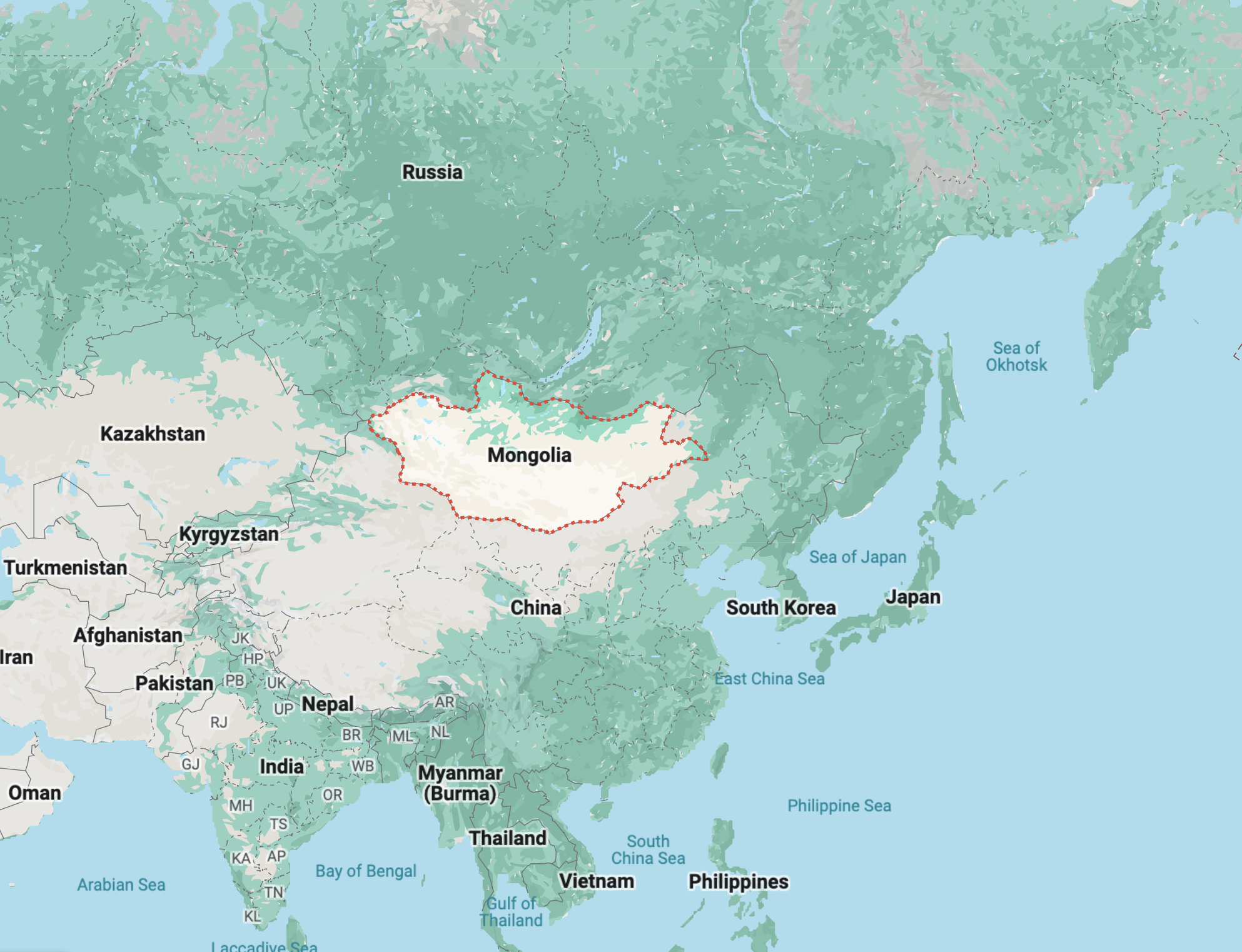Isp-Column
Bypassing CGNAT for GGC traffic
Google to stop peering via route servers
Can one reach entire Indian routing table via NIXI?
Analysing impact of NTT & Cogent de-peering
Pakistan-Europe connectivity via China
Analysing Google Cloud routing tiers
Tour of Skytel IPTV Headend
Last month after the mnNOG 5 event in Mongolia, I got a chance to visit Skytel’s IPTV headend. Skytel is one of the large Mongolian operators doing mobile and fixed-line networks. Tour of network infrastructure is always interesting and this time it was not just IP but broadcast network over the IP which excited me. In past, I have visited datacenters, IXPs etc and those are mostly IP (layer 3) or ethernet (layer 2) networks. This was the first time a tour of the broadcast infrastructure. Special thanks to friends from Skytel especially my friend Tuvshuu from the IP broadcast network team for arranging this tour of this infrastructure.
Internet in Mongolia and CDNs
I have been in Ulaanbaatar, Mongolia for the last few days. This is my first travel to Mongolia and this far up in the North (except for previous travel to Russia in 2016 and some parts of Nordic areas in Europe). Geographically Mongolia is located between Russia (on the North side) and China (on the South side).

I am here for mnNOG 5 event. mnNOG is the Mongolian Network Operators Group. On Monday mnNOG conducted it’s 5th annual conference and it followed a five-day workshop. I am doing a workshop here on Network automation along with engineers from local networks. Mongolia is a landlocked country with no access to sea and hence no sub-sea cable. For the internet Mongolia relies on in-land fibre optic cables to connect to Russia and China. Though cables connect physically via Russia and China, I do not see Mongolian networks doing L3 termination in Russia or Mainland China. Instead, there is connectivity to Hong Kong, Singapore, Frankfurt etc. for the L3 connectivity. Interestingly due to it’s geographic location, a bit of China-Russia internet traffic exchange happens via Mongolia.
CANI SMC - Submarine cable connecting Andaman and Nicobar islands
Earlier in March I visited Andaman & Nicobar Islands. The trip was purely personal as my wife happened to have been born there. These are Indian islands in the Bay of Bengal located in the South East of West Bengal and geographically quite near Myanmar and Thailand. The nearest large Indian cities on the mainland are Kolkata and Chennai.
In the initial part of the trip, we stayed in Swaraj Dweep (old name Havelock islands) and later in Port Blair. The place is isolated and has amazing natural beauty. It has one of the most beautiful beaches in the world (Radhanagar Beach). Tourism has grown nicely in Andaman & Nicobar islands in recent years and besides many other factors, one of that is a submarine cable!